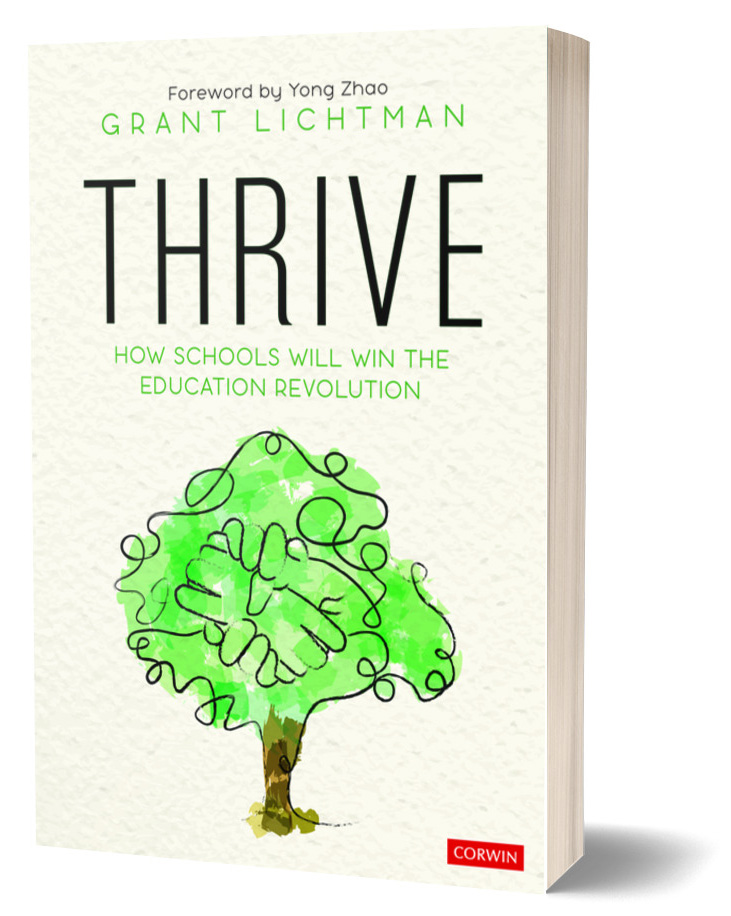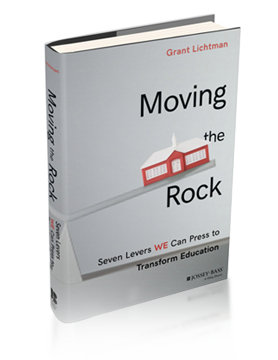 The Covid-19 crisis is shining a huge new spotlight on inequities in K-12 education. Every school and district in America, and many around the world, are racing to figure out how to educate children and prepare adults during long-term closures. The range of problems is enormous, from access to technology, support for students with learning differences, grades, social services, and testing. Schools and districts in the same city have different capabilities and deficiencies: one district has laptops and hotspots to hand out; another does not even have a learning management system in place; a third is fully up and running in a distance learning environment the day that Spring Break is over.
The Covid-19 crisis is shining a huge new spotlight on inequities in K-12 education. Every school and district in America, and many around the world, are racing to figure out how to educate children and prepare adults during long-term closures. The range of problems is enormous, from access to technology, support for students with learning differences, grades, social services, and testing. Schools and districts in the same city have different capabilities and deficiencies: one district has laptops and hotspots to hand out; another does not even have a learning management system in place; a third is fully up and running in a distance learning environment the day that Spring Break is over.
What are some of the early takeaways from the crisis?
- Small is almost always more nimble. Single school districts, stand-alone charters, and independent schools can move more quickly than large districts. They have more homogenous populations, fewer stakeholder groups, more latitude to make decisions, and, in some cases, more resources.
- Economic disparity is the biggest threat to equity. Children who live with two parents, in a stable home with at least some degree of food, shelter, and health security will adjust much better than those who don’t. Parents are there to support children, to help ease their anxieties, and help keep them on whatever learning tasks the schools can create. Children who lack these basic supports will fall further through widening cracks.
- The lack of foresight in our society is appalling. During the Cold War, America was building bomb shelters in public spaces and neighborhoods; we stockpiled food in or garages. We have collectively KNOWN that a pandemic was going to come at some point, yet we collectively did almost nothing to prepare. The disregard that our nation, and other nations collectively hold for science is shocking.
- Somehow, education is not seen as essential. We are collectively quick to bail out the airlines, who have made billions of dollars in profits over the last decade. Congress even had to fight over NOT giving bailouts to cruise ship operators who offer non-essential services and do everything possible to avoid paying taxes. Yet we have had no national effort either in the past, or today during the crisis, to support students and teachers across the K-12 school systems when they are faced with an existential, but predictable, crisis.
The good news is that we already see schools and districts up and operating distance learning programs. The students in those schools will suffer less from the shut down; some may even learn more as their teachers help them to create deep learning experiences that evade us during “normal” operations.
The bad news is that those students in schools and districts that are floundering, for a variety of reasons, to get distance learning up and running, will slip further behind. Because of existing inequalities in the system, most are already behind.
I am generally an optimist, but, I predict, once the immediate crisis is over we will collectively, if gradually, default back to hoping the problem will never return. In California, our state had stockpiled supplies for a pandemic a decade ago; a few years later money to maintain that stockpile was cut from the budget as fears from SARS waned and special interests shouted more loudly than the scientists.
Those who believe that the problems of inequity can be solved by throwing more money at them will see the solution in more money (which has clearly not solved problems of inequity in the past); and those who disregard science and have blind faith that bad things don’t happen if you just shut your eyes, will go back to proudly shutting their eyes.












Leave A Comment